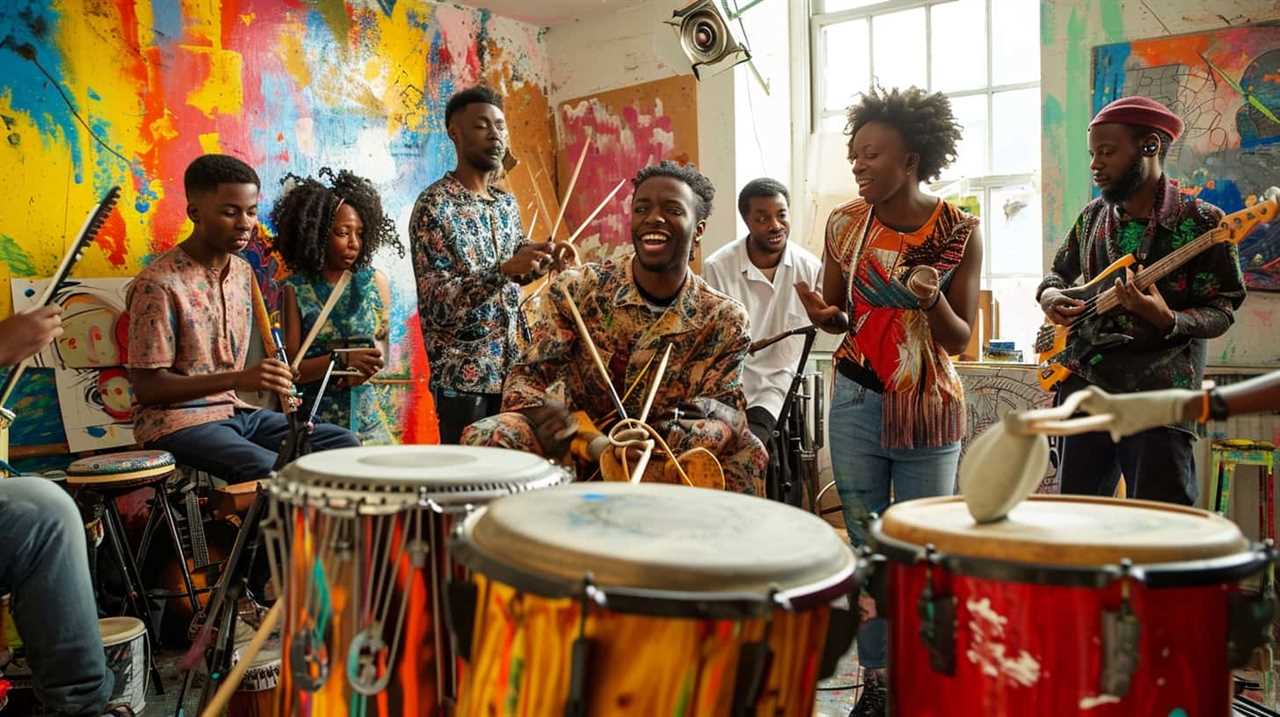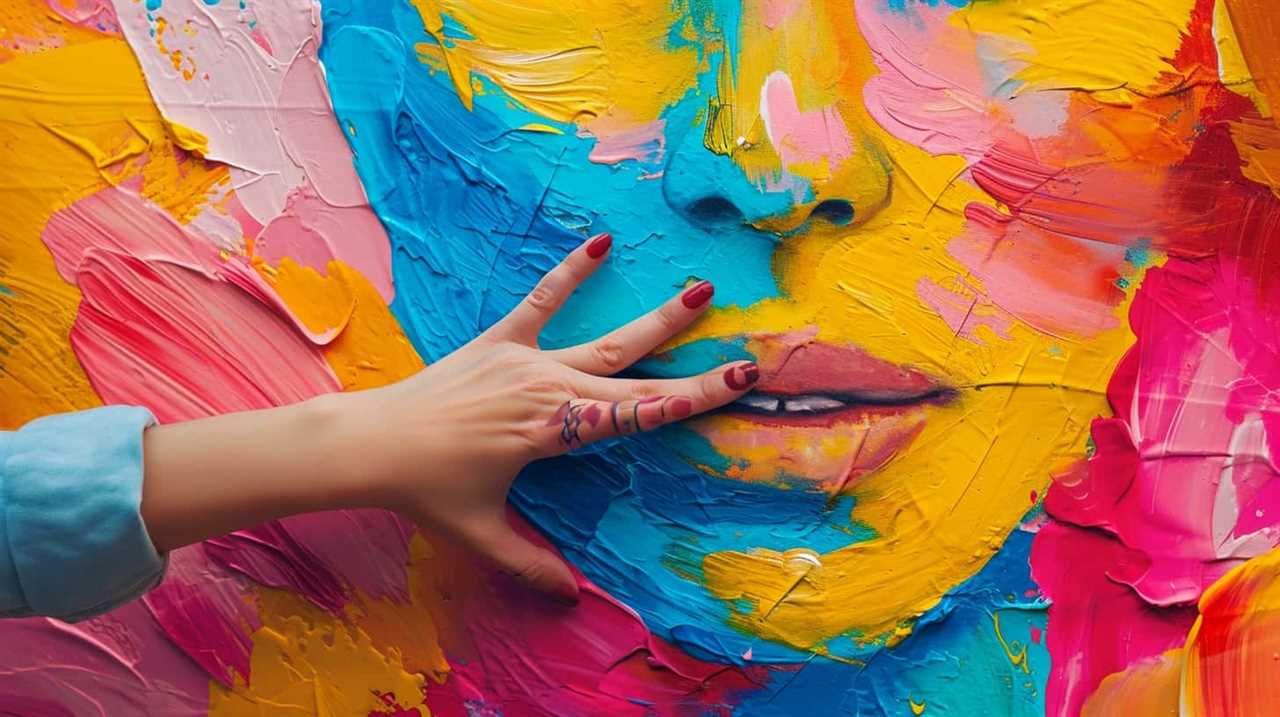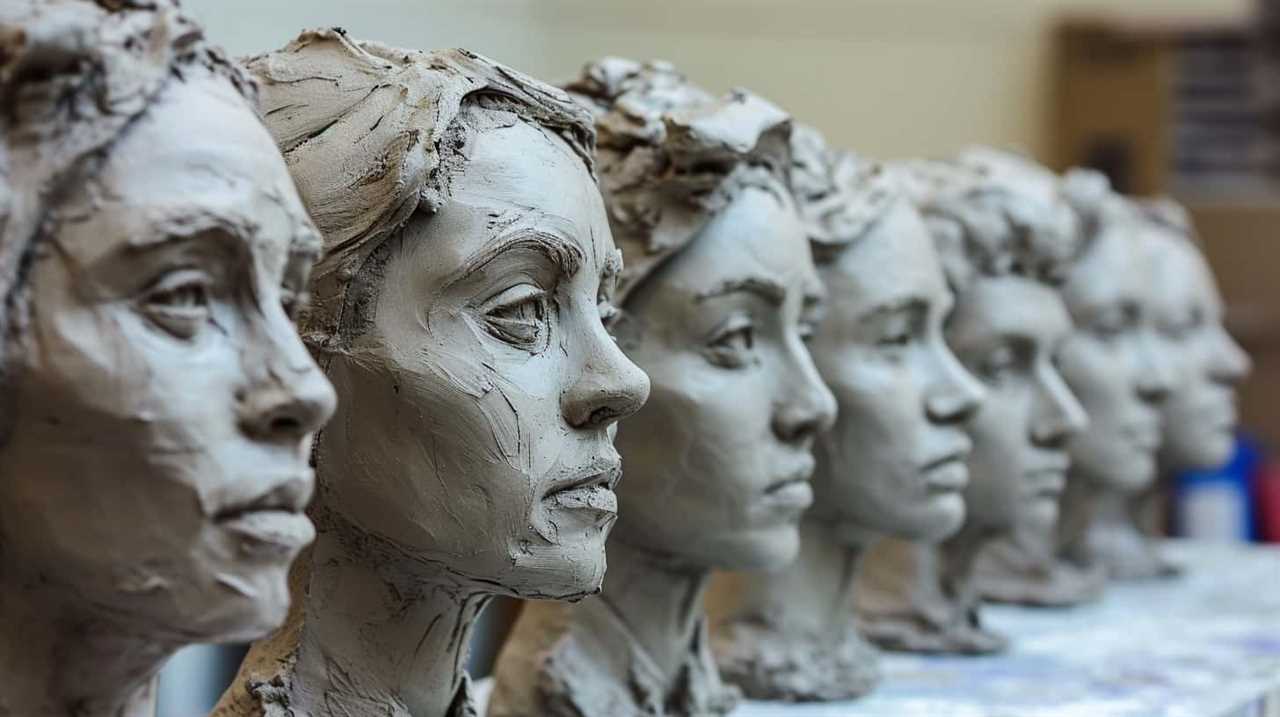Throughout history, there have been individuals whose creativity and innovation have made a lasting impact on society. These influential historical figures have shaped the world we live in today with their exceptional talents and deep insights.
Take, for instance, Vincent van Gogh, whose vibrant paintings captured the essence of human emotion and continue to inspire generations. His famous quote, ‘I dream my painting and then I paint my dream,’ reflects his passion and determination to bring his artistic visions to life.
In this collection, we explore the society-shaping quotations of various historical figures, from Leonardo da Vinci and Pablo Picasso to Frida Kahlo and Andy Warhol. Join us as we delve into the profound words of these remarkable individuals and uncover the impact they have had on our world.
Key Takeaways
- Van Gogh’s vibrant paintings captured the essence of human emotion and continue to inspire generations.
- Da Vinci’s contributions to art, science, and culture have shaped the way we perceive and appreciate the arts, as well as influenced various fields such as medical science and technology.
- Da Vinci’s attention to detail, innovative techniques, and visionary thinking set new standards in art and continue to shape the art world.
- Picasso’s pioneering use of multiple perspectives and his transformative impact on artistic movements have left a lasting influence on artists throughout history.
Van Gogh’s Impact on Society
Van Gogh’s Impact on Society can be seen through the lens of his innovative art and the lasting influence it has had on subsequent generations. One can’t discuss Van Gogh’s impact without acknowledging the profound effect his mental health had on his artistic expression.
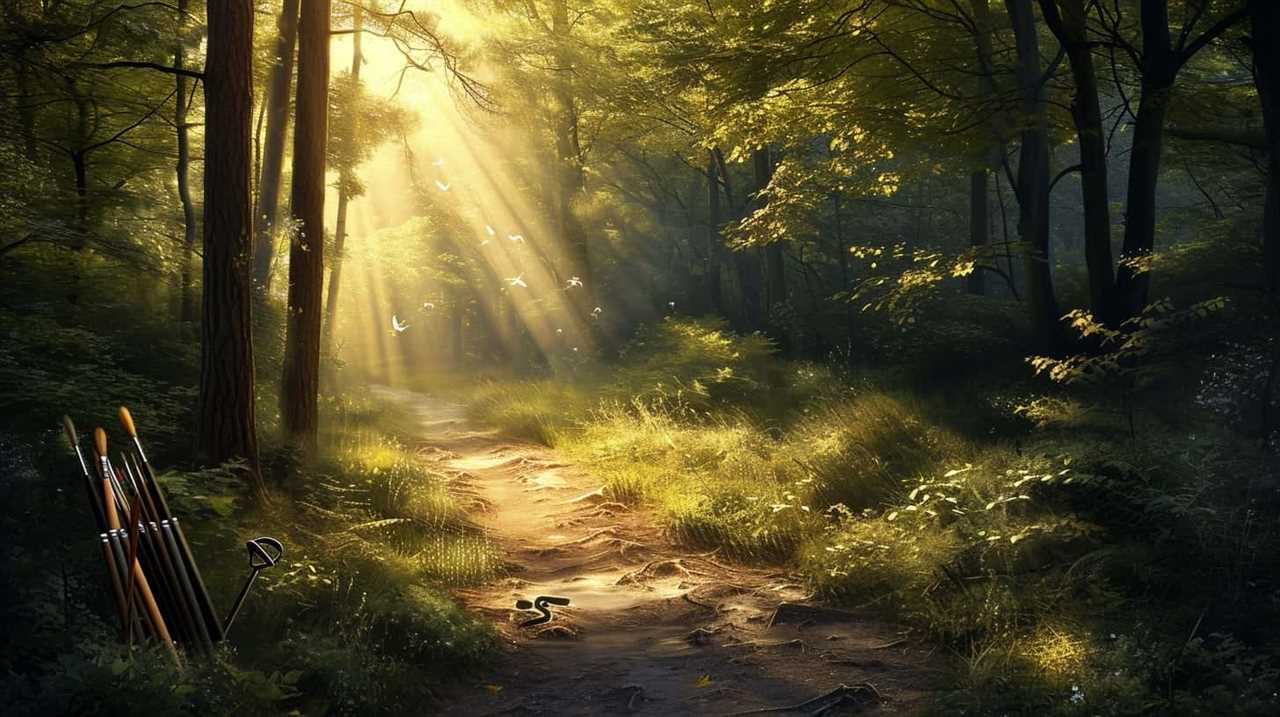
Van Gogh’s struggles with mental illness, including episodes of severe depression and psychosis, greatly influenced his artistic style and subject matter. His paintings often reflected his inner turmoil, with vibrant colors and bold brushstrokes conveying intense emotions.
Van Gogh’s post-impressionist style, characterized by its emphasis on personal expression and the use of vivid colors, was a departure from the more traditional approaches of his time. His unique artistic vision challenged the prevailing artistic norms and paved the way for future generations of artists to explore new possibilities.
Van Gogh’s ability to capture the essence of a subject through his distinctive brushwork and use of color continues to captivate and inspire artists and art enthusiasts to this day.
Transition: As we delve into the influence of another influential artist, Leonardo da Vinci, it becomes evident that his impact on culture extends far beyond the realm of art.
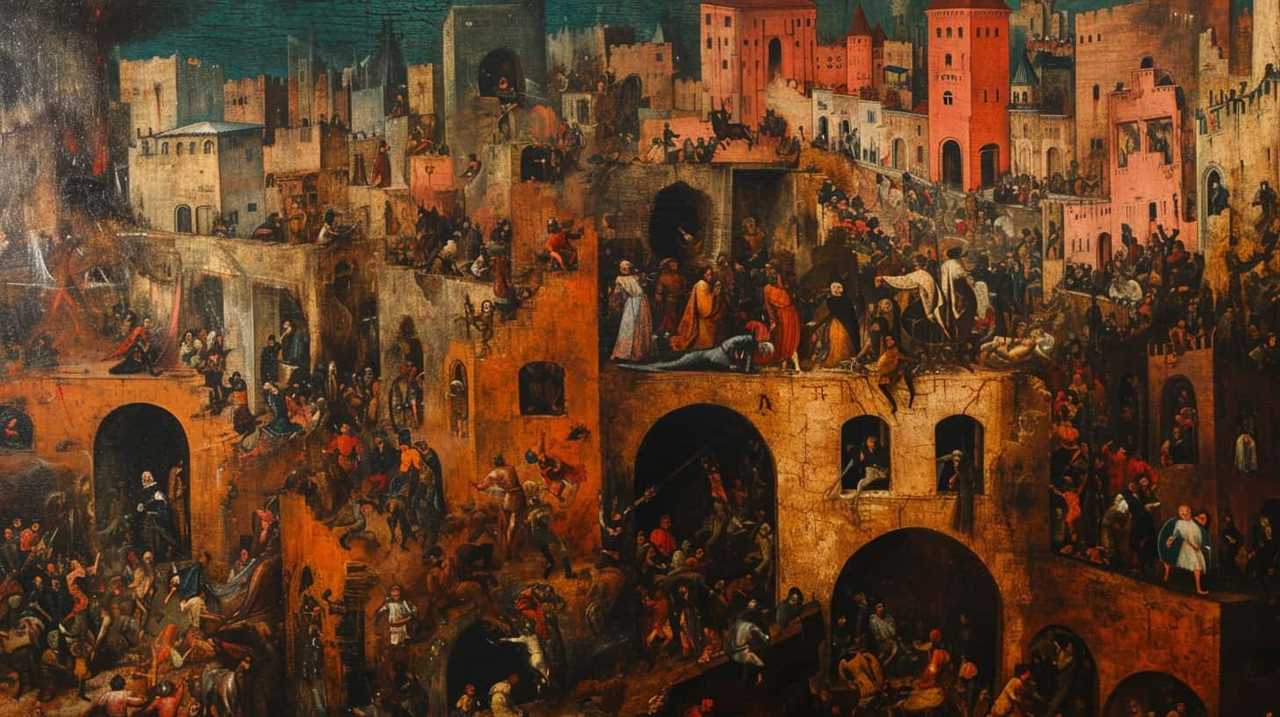
Da Vinci’s Influence on Culture
Da Vinci’s influence on culture is undeniable, as his impact can still be felt today. His contributions to art have shaped the way we perceive and appreciate it, with his innovative techniques and attention to detail setting new standards.
Da Vinci’s enduring artistic legacy continues to inspire and influence artists across various fields, making him a truly influential figure in shaping our cultural landscape.
Cultural Impact of Da Vinci
Leonardo Vinci’s genius had a profound impact on our society, shaping and influencing culture in countless ways. His cultural advancements and societal contributions have left an indelible mark on the world we live in today.
Vinci’s artistic innovations not only revolutionized the field of painting but also influenced other disciplines such as architecture, engineering, and anatomy. His meticulous observations and detailed drawings of the human body have had a lasting impact on medical science and continue to inspire artists and scientists alike.

Vinci’s inventions and designs, such as the flying machine and the armored tank, showcased his visionary thinking and paved the way for future technological advancements. Moreover, his pursuit of knowledge and his belief in the importance of education have influenced generations of thinkers and creators, emphasizing the value of curiosity and lifelong learning.
Vinci’s cultural impact is evident in the continued fascination with his life and work, making him a timeless figure whose influence extends far beyond his own era.
Influence on Art
Continuing from our exploration of Vinci’s cultural impact, his influence on art is undeniable. Da Vinci’s artistic genius not only revolutionized the field of painting but also left a lasting impact on other artistic disciplines such as fashion and architecture. His innovative ideas and techniques continue to shape the art world even today.
One area where Da Vinci’s influence is evident is in the world of fashion. His keen eye for detail and impeccable sense of style have inspired countless designers throughout history. From his iconic portraits to his visionary sketches, Da Vinci’s aesthetic sensibilities and emphasis on elegance and proportion have been translated into exquisite garments and accessories.
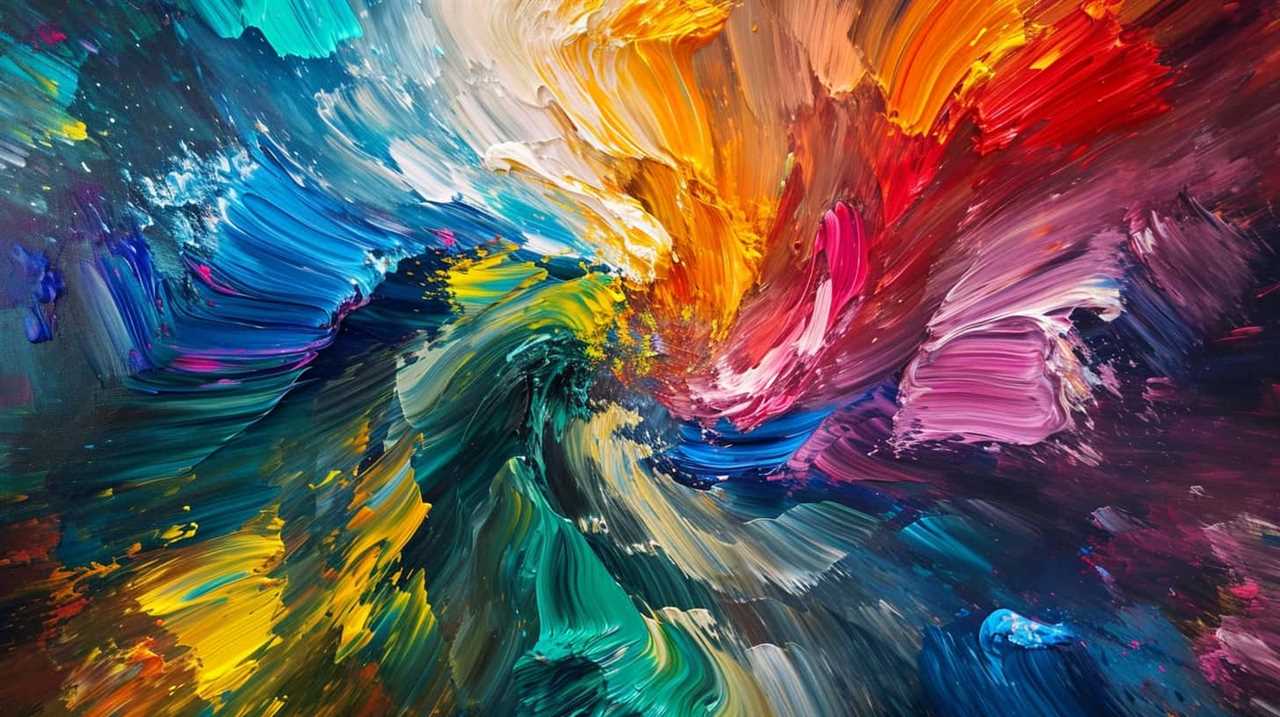
Furthermore, Da Vinci’s impact on architecture can’t be overlooked. His architectural drawings and designs showcase his mastery of spatial composition and structural engineering. His visionary ideas and innovative concepts have influenced architectural styles and principles for centuries, with his works serving as a source of inspiration for many architects.
Enduring Artistic Legacy
His artistic legacy continues to shape our culture today. Leonardo da Vinci’s enduring artistic techniques and historical influence have left an indelible mark on the world of art. Here are four ways in which Da Vinci’s legacy continues to resonate:
- Mastery of perspective: Da Vinci’s meticulous study of perspective revolutionized the way artists depict space and depth in their works. His use of vanishing points and accurate proportions continues to be a cornerstone of realistic representation in art.
- Exploration of anatomy: Da Vinci’s fascination with the human body led him to dissect corpses and study their intricate structures. His detailed anatomical drawings not only advanced scientific understanding but also influenced artists in capturing the human form with unprecedented accuracy.
- Universal symbolism: Da Vinci’s use of symbols and allegories in his artworks added layers of meaning and depth. His iconic works like the Mona Lisa and The Last Supper are rich with symbolism that continues to captivate and intrigue viewers.
- Innovation in technique: Da Vinci’s experimentation with various artistic techniques, such as sfumato and chiaroscuro, pushed the boundaries of artistic expression. His mastery of light and shadow created a sense of depth and realism that continues to inspire artists today.
Da Vinci’s enduring artistic legacy serves as a testament to his genius and his profound impact on the world of art. Through his techniques and historical influence, he continues to shape and inspire artists and art lovers around the globe.
Picasso’s Contributions to Artistic Movements
One of Picasso’s most significant contributions to artistic movements was his pioneering use of multiple perspectives in his paintings. This innovative technique allowed him to depict objects and figures from various angles simultaneously, challenging traditional notions of representation and perception. By incorporating multiple perspectives, Picasso was able to create a sense of depth and complexity in his artwork, inviting viewers to engage with his paintings on a deeper level.

| Artistic Movement | Description |
|---|---|
| Picasso’s Blue Period | This period, which lasted from 1901 to 1904, was characterized by Picasso’s use of predominantly blue tones in his paintings. It reflected his melancholic mood and explored themes of poverty, loneliness, and despair. The Blue Period showcased Picasso’s ability to evoke emotion through color and set the stage for his later artistic developments. |
| Cubism | Developed by Picasso and Georges Braque in the early 20th century, Cubism revolutionized the art world. It sought to depict objects from multiple viewpoints, breaking them down into geometric shapes and reassembling them in abstract and fragmented forms. Picasso’s contributions to Cubism challenged traditional notions of representation and paved the way for further artistic experimentation. |
| Surrealism | While not a primary figure in the Surrealist movement, Picasso’s works had a significant influence on the movement’s development. His ability to merge reality and imagination, as seen in his distorted and dreamlike paintings, resonated with Surrealist artists. Picasso’s contributions to Surrealism pushed the boundaries of artistic expression and inspired future generations of artists to explore the subconscious and the irrational in their work. |
Picasso’s contributions to artistic movements such as his pioneering use of multiple perspectives, his exploration of themes and emotions in the Blue Period, his role in the development of Cubism, and his influence on Surrealism, have had a lasting impact on the art world. His artistic innovations continue to inspire and shape the work of contemporary artists, making him one of the most influential figures in the history of art.
Frida Kahlo’s Empowering Words
Frida Kahlo’s empowering words resonate with individuals seeking inspiration and strength in their personal journeys. Her resilience and self-expression are evident in the quotes she left behind, serving as a source of motivation for those facing adversity.
Here are four powerful statements by Frida Kahlo that continue to inspire:
- ‘I paint self-portraits because I’m so often alone, because I’m the person I know best.’ This quote reflects Kahlo’s deep introspection and her ability to find solace in self-reflection. It encourages individuals to embrace their own unique experiences and perspectives.
- ‘Feet, what do I need you for when I’ve wings to fly?’ This quote embodies Kahlo’s determination to overcome physical limitations and societal expectations. It encourages individuals to embrace their inner strength and resilience, reminding them that they’ve the power to soar above any obstacles.
- ‘I never paint dreams or nightmares. I paint my own reality.’ Kahlo’s commitment to authenticity shines through in this statement. It urges individuals to embrace their truth and express themselves fully, even if it means confronting difficult emotions or experiences.
- ‘I am my own muse. I’m the subject I know best. The subject I want to better.’ This quote encapsulates Kahlo’s unwavering self-belief and her dedication to self-improvement. It inspires individuals to prioritize self-care and personal growth, reminding them that they’re the masters of their own destinies.
Frida Kahlo’s words serve as a guiding light for those on a journey of self-discovery and empowerment. Her resilience and unwavering commitment to self-expression continue to inspire individuals to embrace their true selves and face life’s challenges head-on.

Michelangelo’s Legacy in Sculpture
Michelangelo’s legacy in sculpture is undeniably influential, with his sculptural innovations leaving a lasting impact on the art world. His ability to bring life and emotion to stone through his masterful technique and attention to detail revolutionized the way sculptures were created and perceived.
From his iconic David to the breathtaking Pietà, Michelangelo’s sculptures continue to inspire and awe audiences, solidifying his place as one of the greatest sculptors in history.
Sculptural Innovations by Michelangelo
As historians, we’re fascinated by the sculptural innovations that Michelangelo brought to the art world, shaping society through his groundbreaking techniques. Michelangelo’s sculptural techniques revolutionized the way artists approached their craft, leaving an indelible mark on the history of art.
Here are some of his notable contributions:
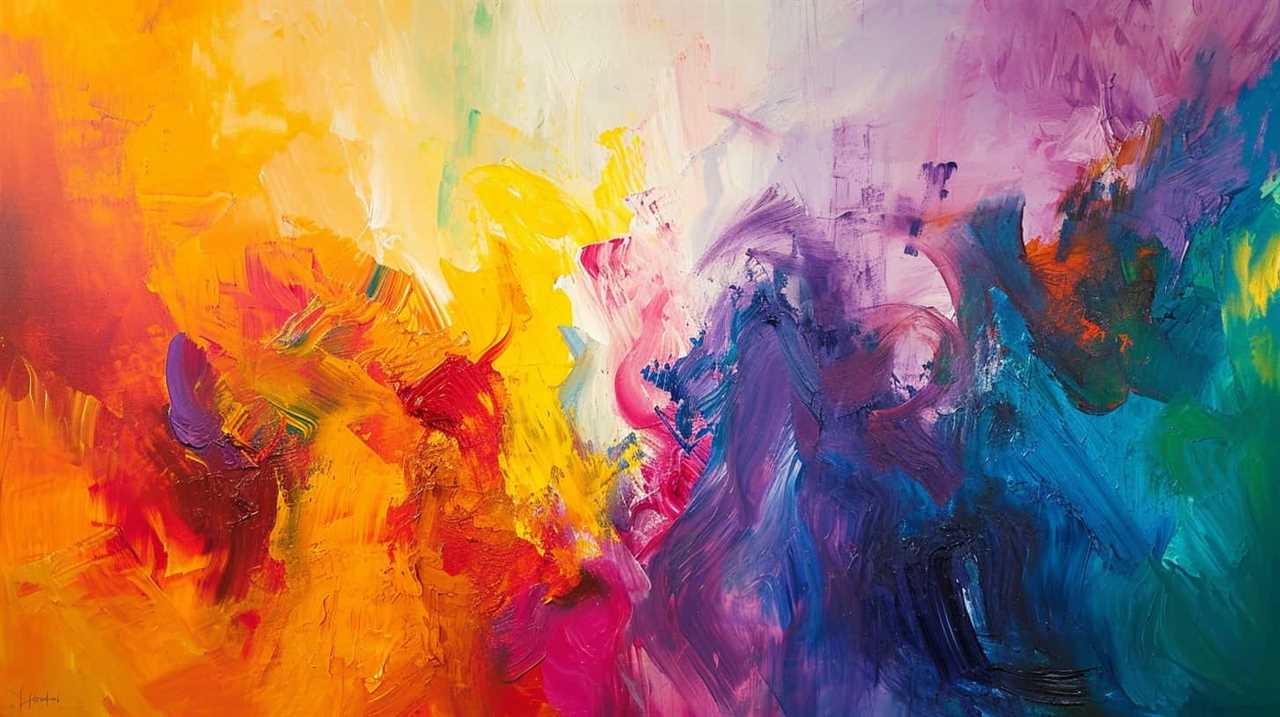
- Marble Carving: Michelangelo’s mastery of marble carving allowed him to create incredibly intricate and lifelike sculptures. His ability to bring out the natural beauty of the stone was unmatched.
- Dynamic Poses: Michelangelo was known for his ability to capture movement and emotion in his sculptures. He pushed the boundaries of what was considered possible, creating figures that seemed to come to life.
- Anatomical Accuracy: Michelangelo’s attention to detail and his deep understanding of human anatomy enabled him to create sculptures that were incredibly realistic. He studied cadavers to gain a deeper understanding of the human form, resulting in sculptures that were unparalleled in their accuracy.
- Expressive Faces: Michelangelo’s sculptures were known for their expressive faces, conveying a range of emotions. He was able to capture the human spirit and bring it to life in his work.
Michelangelo’s artistic style, characterized by these sculptural techniques, continues to inspire artists to this day. His innovative approach to sculpture laid the foundation for future generations of artists, making him one of the most influential figures in the history of art.
Impact on Art World
Our understanding of sculpture and its possibilities has been forever transformed by Michelangelo’s legacy in the art world. His revolutionary approach to sculpture, characterized by his mastery of anatomy and his ability to bring stone to life, has had a profound impact on artists throughout history. Michelangelo’s influence can be seen in the works of countless sculptors who followed in his footsteps, as they sought to capture the same level of realism and emotion in their own creations.
One of the key ways in which Michelangelo’s legacy can be observed is in the development of modernism in the art world. His emphasis on expressing the inner emotional state of the subject through the physical form laid the foundation for artists like Vincent van Gogh, who’d later push the boundaries of artistic expression in their own unique ways. Van Gogh’s vibrant and emotive brushstrokes, inspired by Michelangelo’s sculptural techniques, became a hallmark of modernism, challenging traditional notions of representation and opening up new possibilities for artistic expression.
Furthermore, Michelangelo’s innovative techniques, such as his use of contrapposto and his attention to detail, have had a lasting impact on contemporary art. Artists today continue to draw inspiration from his approach, incorporating elements of his style into their own works. The impact of Leonardo da Vinci’s techniques, which were also influenced by Michelangelo, can also be seen in contemporary art. Da Vinci’s meticulous observation of the natural world and his use of chiaroscuro have become fundamental principles in the practice of many artists today.
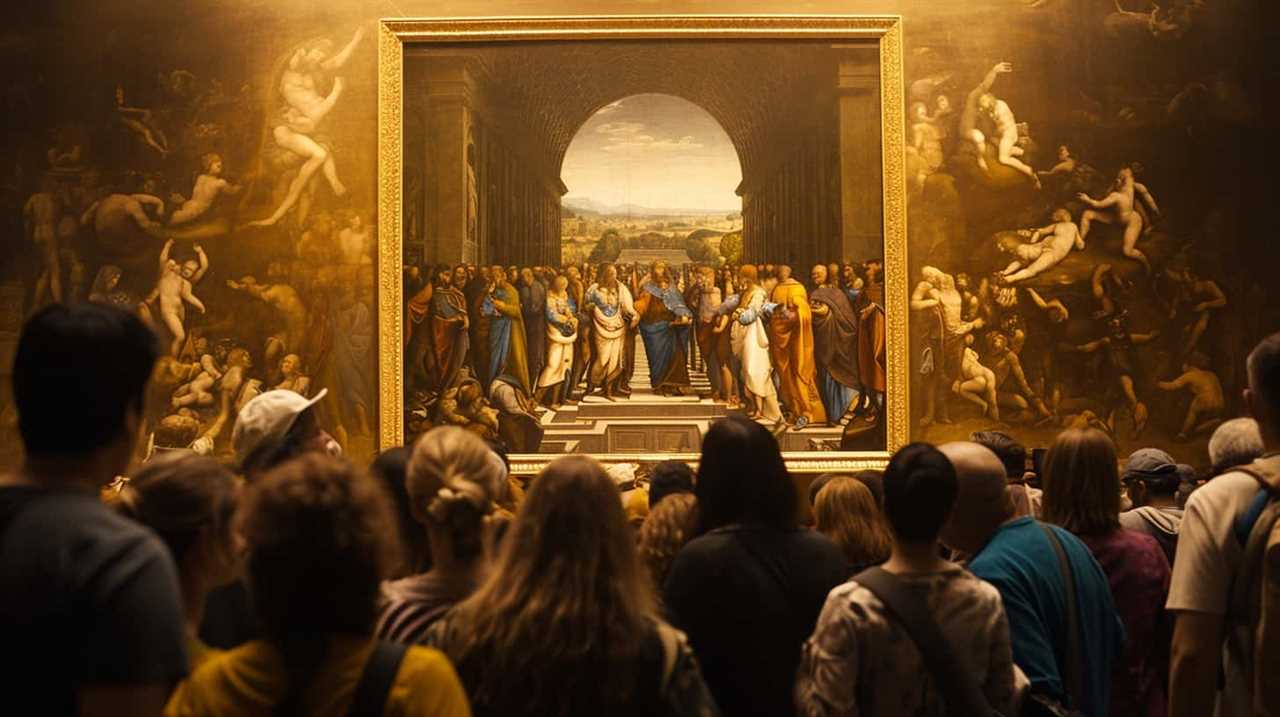
Monet’s Transformative Impressionism
After studying the works of Monet, we were fascinated by the transformative power of his Impressionism. Monet’s revolutionary technique and his ability to capture the fleeting moments of light and atmosphere had a profound impact on the art world, influencing generations of artists and shaping the course of modern art.
- Monet’s emphasis on capturing the essence of a scene rather than its precise details challenged traditional artistic conventions and paved the way for a more subjective and expressive approach to painting.
- Through his use of broken brushstrokes and vibrant colors, Monet was able to convey a sense of movement and immediacy in his works, capturing the fleeting nature of light and its effects on the landscape.
- Monet’s exploration of different lighting conditions and his dedication to painting en plein air (outdoors) revolutionized the way artists approached their subjects, encouraging them to seek inspiration directly from nature and to embrace the changing qualities of light and color.
- Monet’s Impressionism not only challenged artistic norms but also had a profound impact on the way people perceive and experience the world around them. His ability to capture the fleeting beauty of everyday scenes encouraged viewers to appreciate the ephemeral moments that often go unnoticed.
Warhol’s Pop Art Revolution
During the height of the art movement in the 1960s, we were captivated by the societal impact of Warhol’s Pop Art Revolution. This movement, characterized by its bold colors, iconic imagery, and appropriation of popular culture, challenged traditional notions of art and revolutionized the art world.
Warhol’s influence on popular culture cannot be overstated. Through his innovative use of everyday objects and mass media imagery, he blurred the lines between high and low art, democratizing the art world and making it accessible to a wider audience. His iconic works, such as the Campbell’s Soup Cans and Marilyn Monroe portraits, have become synonymous with the pop art movement.
To better understand the influence of Warhol’s Pop Art Revolution, let us examine its impact on popular culture through a table:

| Aspect | Influence |
|---|---|
| Advertising | Warhol’s use of advertising imagery elevated consumer culture to the status of art. |
| Celebrity Culture | His portraits of famous personalities highlighted society’s obsession with fame and celebrity. |
| Consumerism | The repetition of everyday objects reflected the growing consumer culture of the 1960s. |
Warhol’s Pop Art Revolution forever changed the art world, pushing the boundaries of what was considered art and leaving an indelible mark on popular culture. His innovative approach continues to inspire artists and captivate audiences today.
Shakespeare’s Enduring Literary Influence
Shakespeare’s influence on language and impact on theater are undeniable. His works haven’t only shaped the English language but also left a lasting impact on the world of theater. Here are four key ways in which Shakespeare’s enduring literary influence continues to resonate with us:
- Language Enrichment: Shakespeare’s plays introduced countless words and phrases into the English language. Expressions like ‘fair play,’ ‘wild-goose chase,’ and ‘break the ice’ originated from his works, enriching our vocabulary and providing us with enduring linguistic expressions.
- Character Complexity: Shakespeare’s characters, such as Hamlet, Macbeth, and Romeo, are renowned for their depth and complexity. Their psychological struggles and moral dilemmas continue to captivate audiences and inspire character development in literature, film, and theater.
- Universal Themes: Shakespeare’s exploration of universal themes such as love, power, jealousy, and revenge speaks to the human condition across time and cultures. His plays continue to be relevant and resonate with audiences worldwide, addressing timeless questions about the nature of humanity.
- Theatrical Innovation: Shakespeare’s plays revolutionized the theater. He pioneered new dramatic techniques, including soliloquies, asides, and the use of blank verse. His plays challenged traditional conventions and pushed the boundaries of dramatic storytelling, setting the stage for future generations of playwrights.
Shakespeare’s literary influence remains unparalleled, shaping language, theater, and our understanding of the human experience. His works continue to be celebrated, studied, and performed, ensuring that his legacy endures for generations to come.
Beethoven’s Musical Impact on Society
Beethoven’s musical genius had a profound impact on society, leaving behind a lasting legacy that continues to shape the world of music.
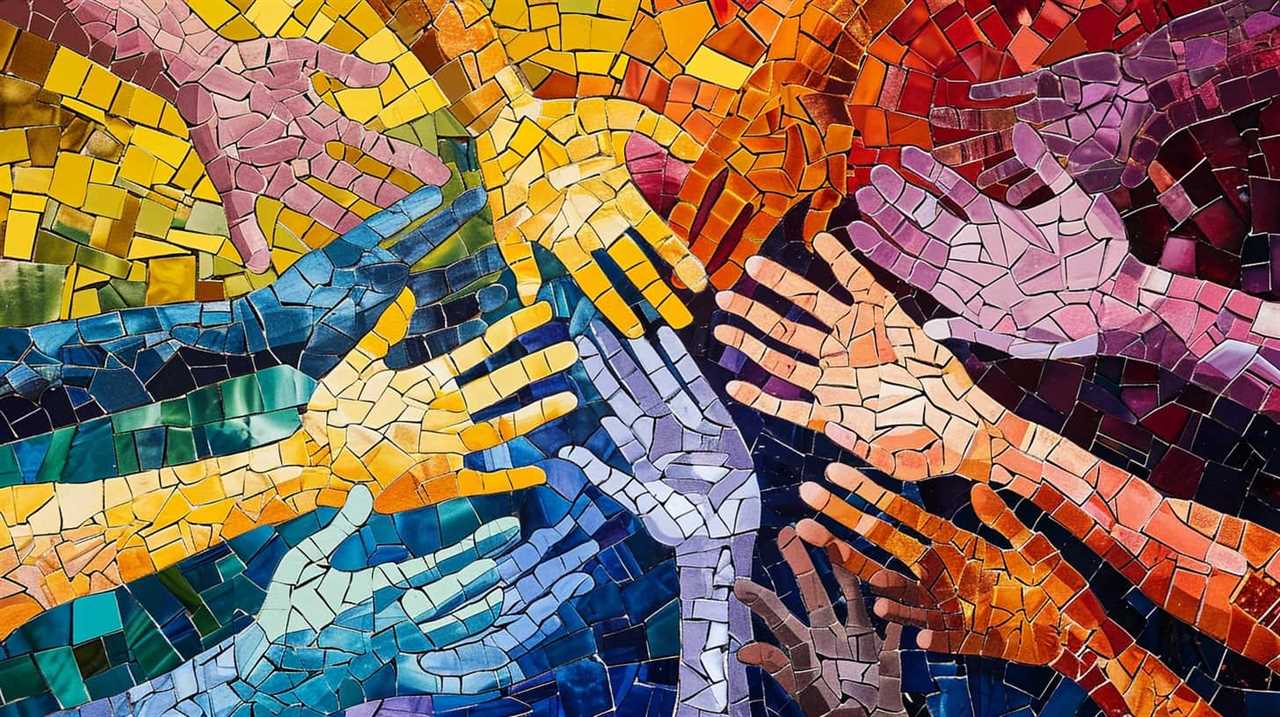
His compositions challenged traditional norms, pushing the boundaries of classical music and paving the way for future generations of composers.
Through his innovative use of form, emotion, and expression, Beethoven’s music resonated with audiences, evoking powerful emotions and inspiring social change.
Beethoven’s Societal Influence
By revolutionizing the world of music, Beethoven’s genius transformed society and left an indelible mark on the cultural landscape. His compositional genius, coupled with his relentless pursuit of innovation, allowed him to push the boundaries of traditional musical conventions, paving the way for new forms and styles of composition.
Beethoven’s societal impact can be seen in the following ways:
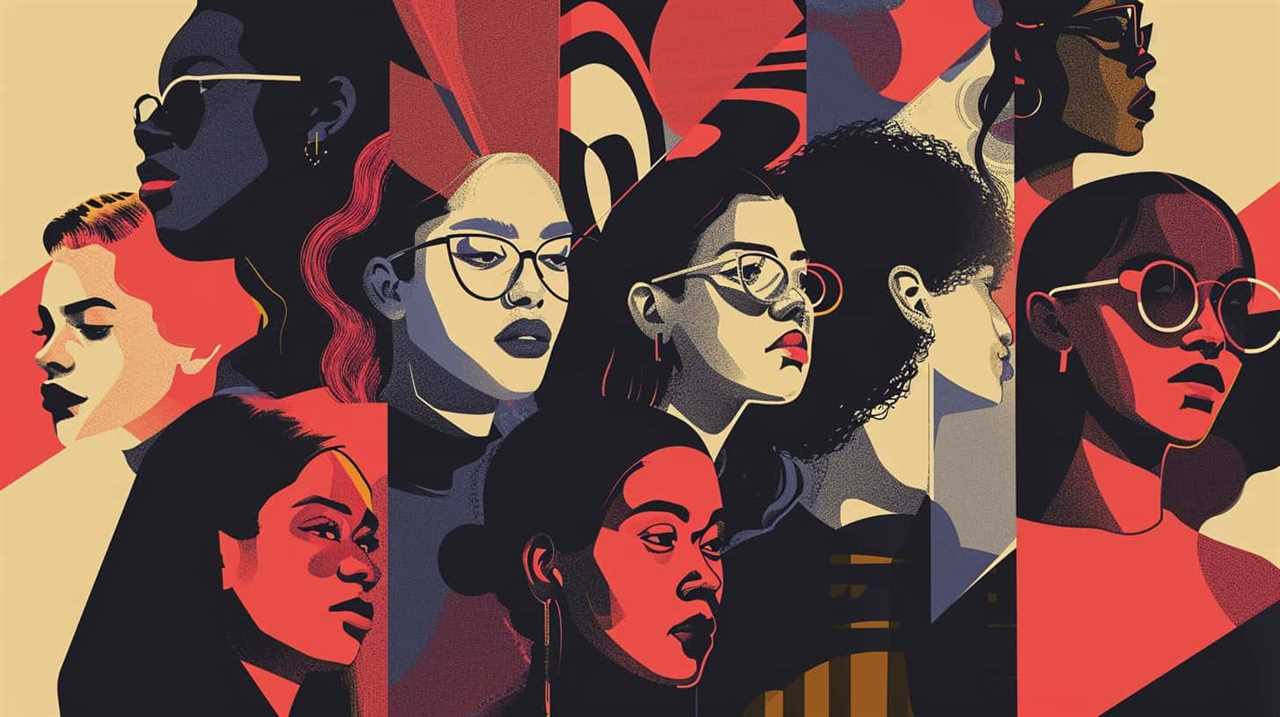
- Redefining the role of the composer: Beethoven elevated the status of the composer from a mere craftsman to an artist with a profound creative vision.
- Inspiring political and social change: Beethoven’s music became a powerful medium for expressing and advocating for political and social ideals, inspiring movements and revolutions.
- Shaping the Romantic era: Beethoven’s emotional intensity and expressive power laid the foundation for the Romantic movement in music, influencing generations of composers.
- Bridging the gap between classical and romantic styles: Beethoven’s compositions bridged the gap between the classical and romantic eras, with his later works foreshadowing the emotional depth and intensity of the Romantic period.
Beethoven’s societal influence continues to resonate and inspire musicians, artists, and audiences to this day, making him one of the most influential and enduring figures in the history of music.
Musical Legacy and Impact
Continuing our exploration of Beethoven’s societal influence, his musical legacy and impact on society is undeniable.
Beethoven’s contributions to the world of music revolutionized the art form and left an indelible mark on cultural history. His musical innovation pushed the boundaries of traditional composition, introducing new techniques and forms that would shape the future of classical music.
Beethoven’s works, such as his symphonies and sonatas, displayed a level of emotional depth and complexity previously unseen, resonating with audiences and inspiring generations of composers. His compositions not only reflected the cultural significance of his time, but also transcended it, speaking to universal human experiences and emotions.

Beethoven’s enduring legacy lies in his ability to connect deeply with listeners, transcending time and cultural barriers, making him one of the most influential musicians in history.
Mary Cassatt’s Breakthrough in Gender Equality
During the late 19th century, we witnessed Mary Cassatt’s groundbreaking contribution to gender equality. Her artistic breakthrough and gender equality advancements were significant in shaping society’s perception of women in the art world.
- Cassatt defied societal norms and pursued a career as a professional artist, challenging the belief that women should confine themselves to domestic roles.
- She gained recognition as a prominent Impressionist painter, breaking through the barriers that restricted women artists to the realm of amateurism.
- Cassatt’s inclusion in the male-dominated Impressionist exhibitions paved the way for other women artists to showcase their work and gain recognition.
- Through her art, Cassatt depicted the intimate and everyday lives of women, shedding light on their experiences and challenging traditional gender roles.
Cassatt’s impact on gender equality extended beyond the art world. Her involvement in women’s suffrage movements and her support for fellow female artists further solidified her role as a pioneer for gender equality. By defying societal expectations and advocating for women’s rights, Cassatt played a crucial role in breaking down barriers and opening doors for future generations of women artists. Her contributions continue to inspire and empower women in the creative industries today.
Frequently Asked Questions
What Were Some of Van Gogh’s Most Famous Paintings?
Some of Van Gogh’s most famous paintings include "Starry Night," "Sunflowers," and "The Bedroom." These artistic masterpieces showcase Van Gogh’s unique painting techniques, such as his bold use of color and expressive brushstrokes.
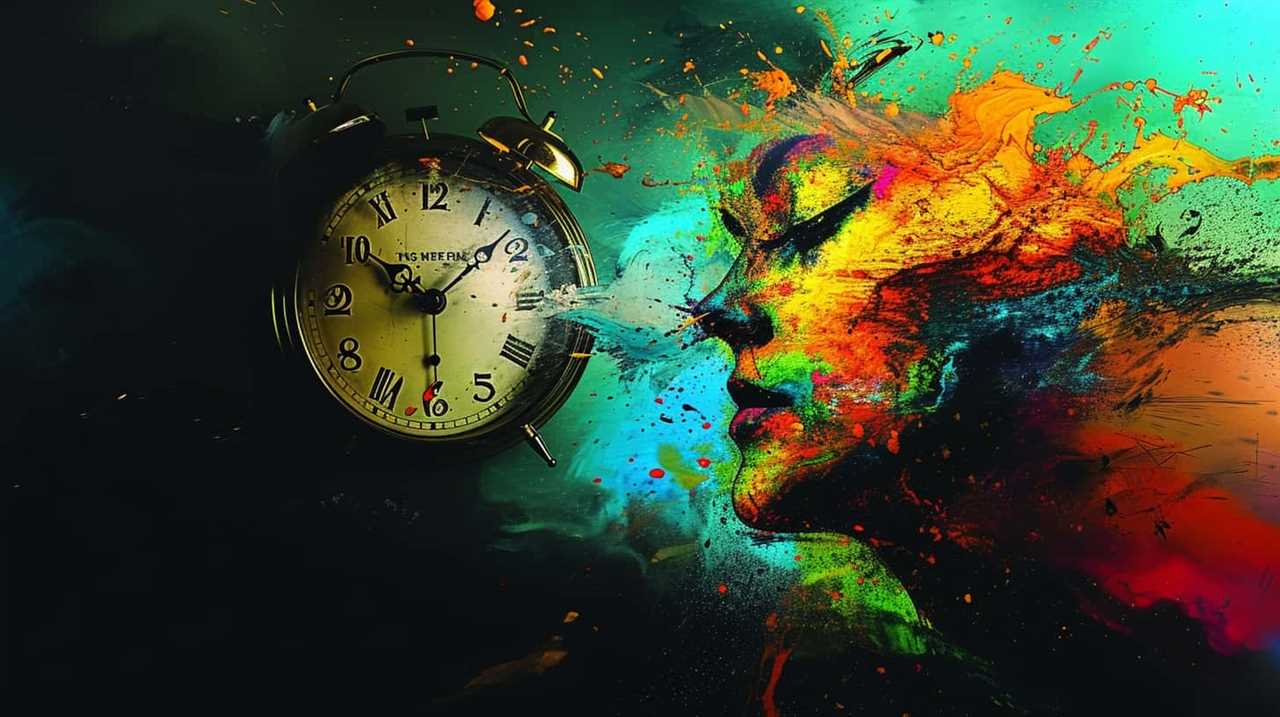
How Did Da Vinci’s Inventions Contribute to His Influence on Culture?
Da Vinci’s inventions revolutionized science and engineering, contributing to his immense influence on culture. His innovative designs and sketches, such as the flying machine and the armored tank, showcased his visionary thinking. Additionally, his mastery of Renaissance art further solidified his lasting impact.
What Are Some Other Artistic Movements That Picasso Was Involved In?
We are discussing other artistic movements that Picasso was involved in. Two significant movements were Cubism and Surrealism. Picasso played a crucial role in the development and popularization of these movements, leaving a lasting impact on the art world.
Can You Provide Examples of Frida Kahlo’s Empowering Quotes?
Frida Kahlo’s empowering quotes serve as a source of inspiration and strength. Her words encourage self-expression, resilience, and challenging societal norms. They remind us of the power of individuality and the importance of embracing our unique selves.
How Did Monet’s Impressionism Style Transform the Art World?
Monet’s impressionism style revolutionized the art world, influencing future generations of artists with his innovative techniques. His emphasis on capturing the fleeting effects of light and color challenged traditional art norms and paved the way for new artistic expressions. Additionally, Monet’s works had a profound impact on the art market, as his paintings became highly sought after and commanded high prices, solidifying his status as one of the most influential artists in history.
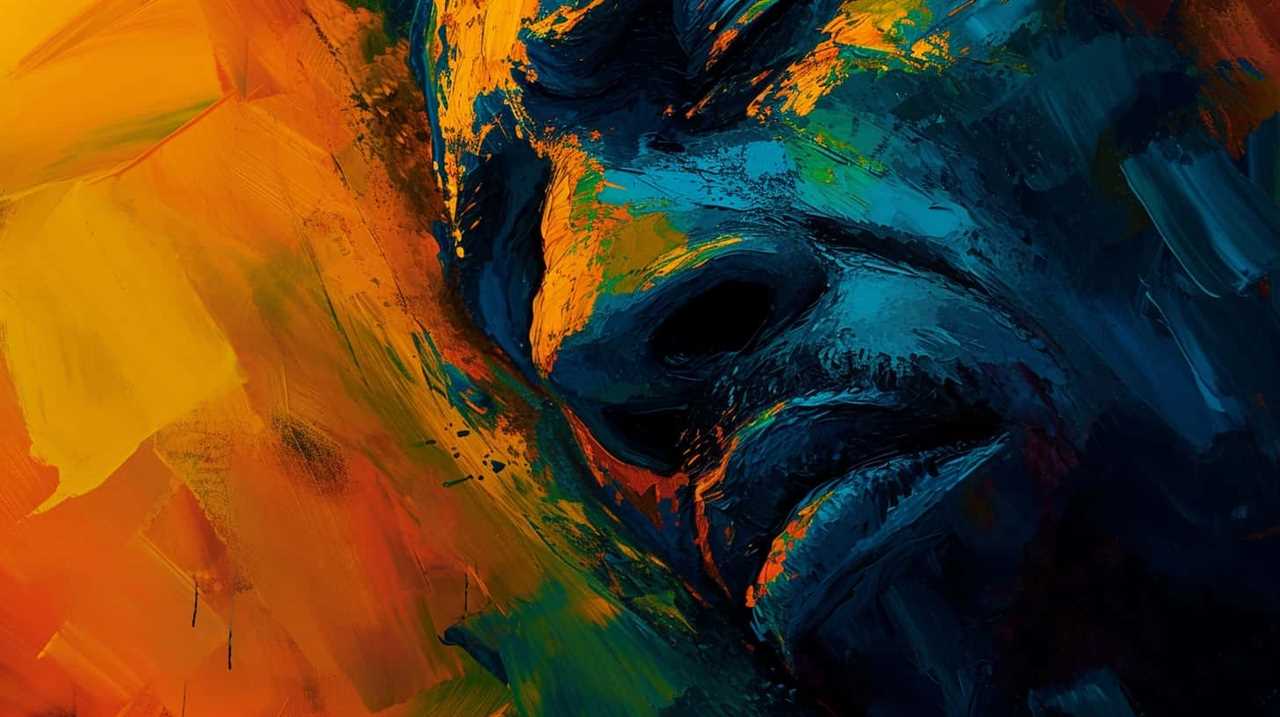
How Have Historical Creatives Shaped Social Contract Theory Through Their Quotations?
The impact of historical creatives on social contract theory quotes exploration cannot be overstated. From Rousseau to Locke, their profound statements on individual rights and government authority continue to shape our understanding of the social contract. These influential figures have paved the way for ongoing discussions and analysis of this critical theory.
Conclusion
In conclusion, the impact of these influential historical creatives can’t be overstated. Their profound contributions have shaped society, culture, art, and literature in ways that continue to resonate today.
From Van Gogh’s emotional artistry to Shakespeare’s enduring literary influence, these creatives have left an indelible mark on the world.
Their empowering words, revolutionary movements, and groundbreaking breakthroughs have forever altered the course of history.
Their legacies serve as a testament to the power of creativity and its ability to shape and transform the world.
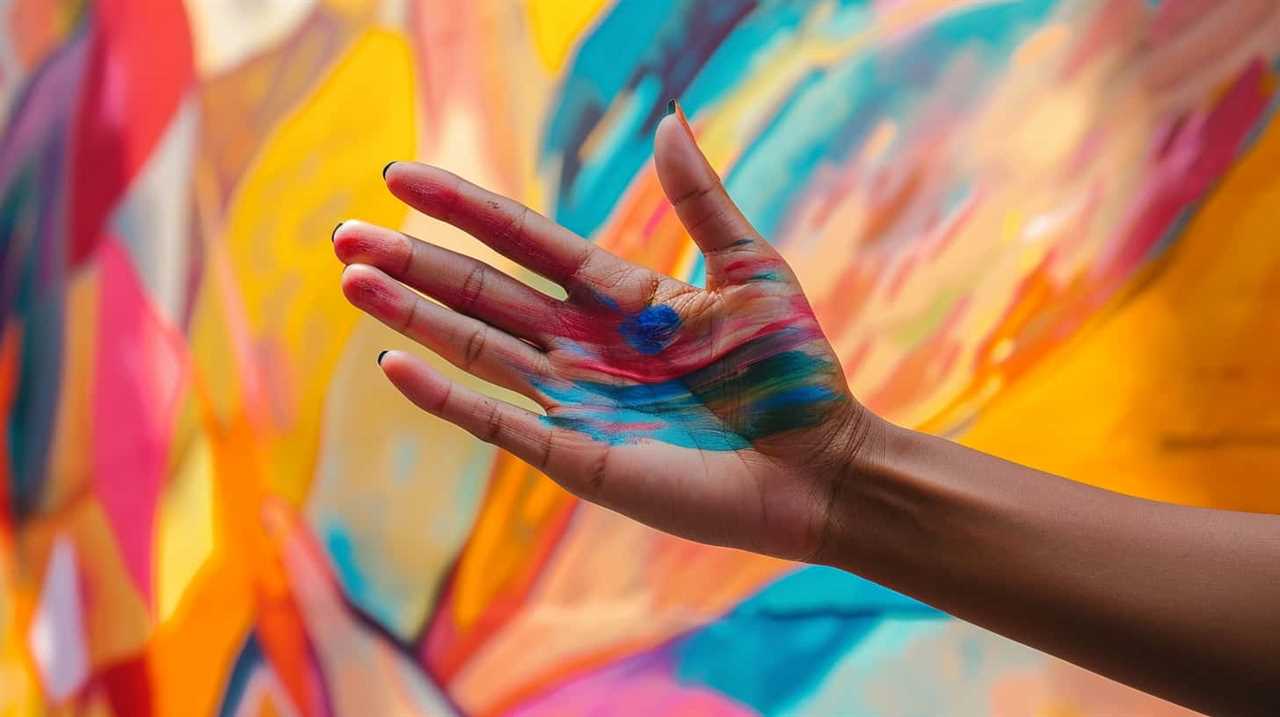
Lauren’s talent in writing is matched by her passion for storytelling. Her love for books and deep understanding of culture and entertainment add a distinct flavor to her work. As our media and press contact, Lauren skillfully bridges the gap between afterQuotes and the broader media landscape, bringing our message to a wider audience.
